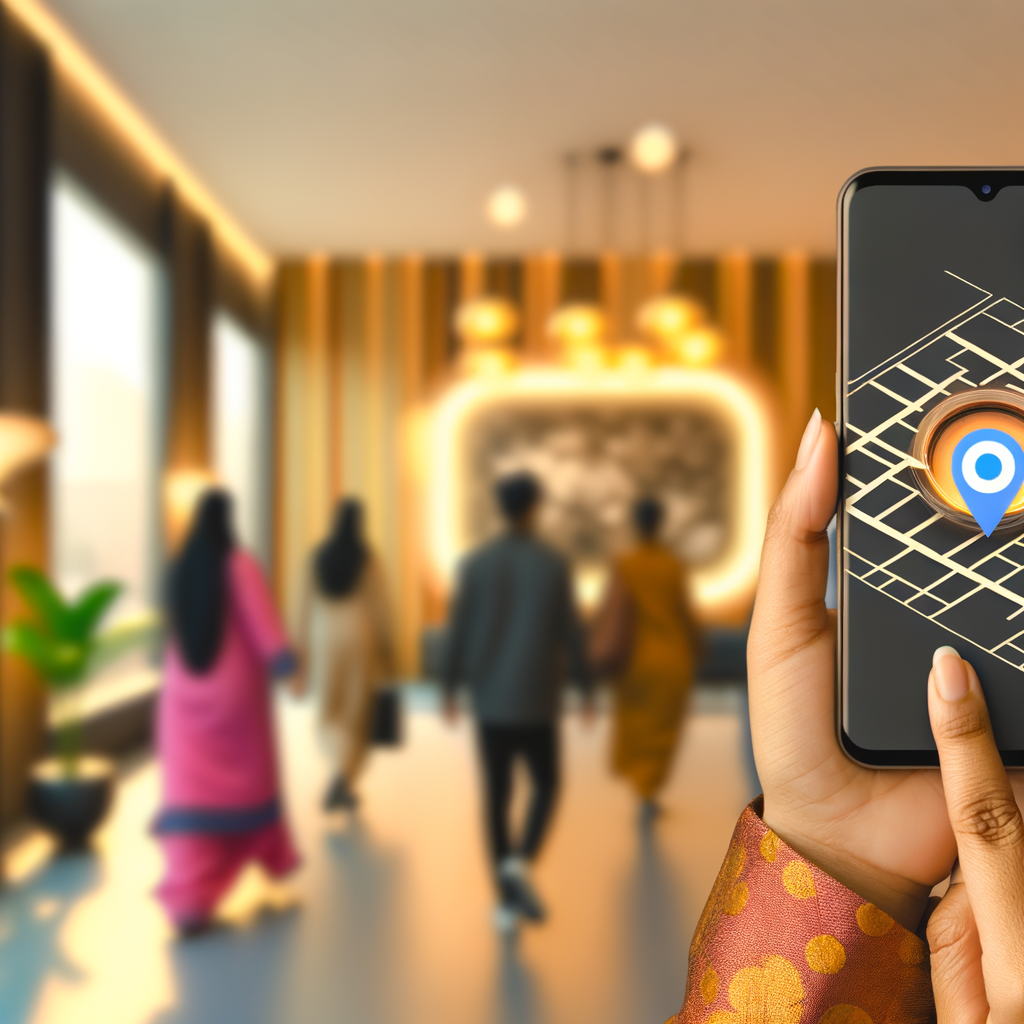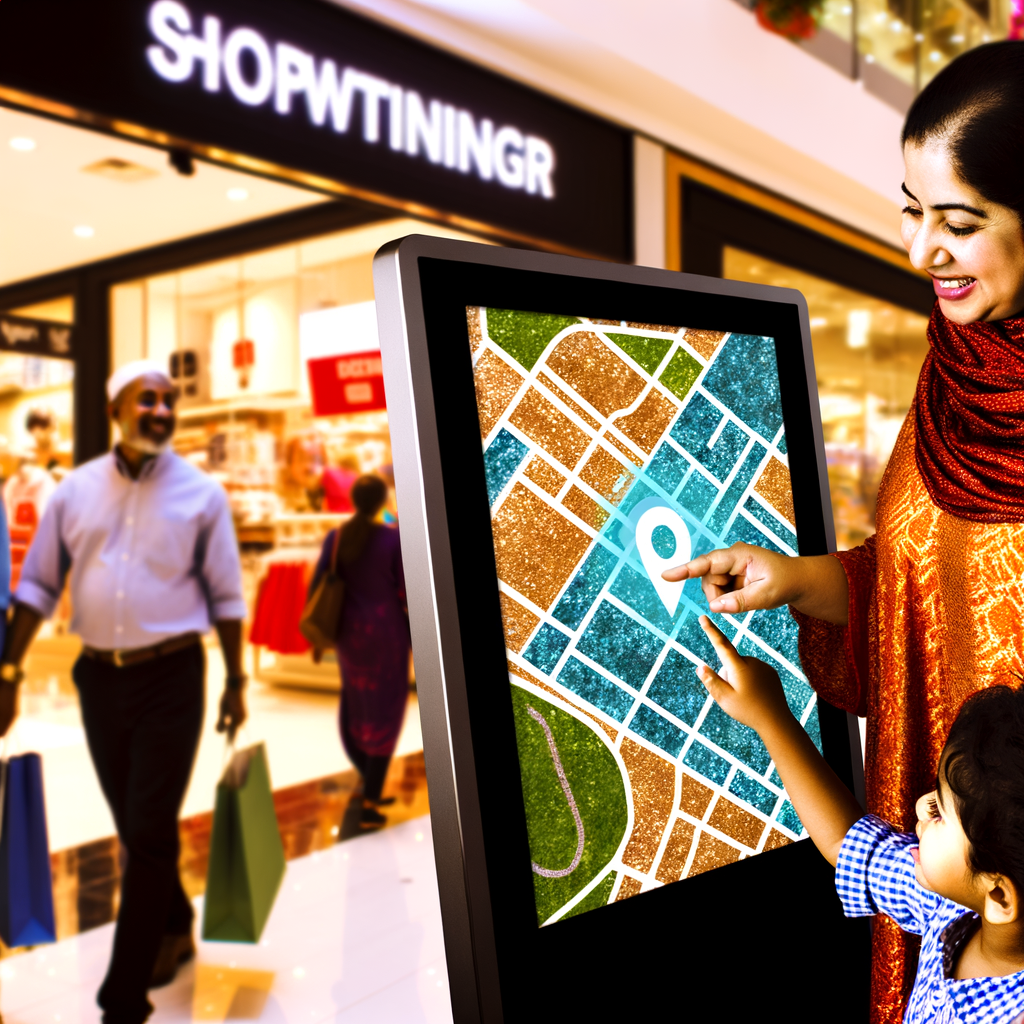Imagine this: A visitor walks into your shopping plaza or mall, perhaps for the first time. They’re full of anticipation, yet slightly overwhelmed. Instantly, as they glance at your electronic kiosks or digital signage, they’re presented with intuitive directions, tailored just for them. This is the future of wayfinding—an intelligent, responsive guidance system that adapts to the unique preferences, behaviors, and needs of your patrons.
But why should you, as the industry leaders managing these bustling ecosystems, care about contextual wayfinding? Quite simply, because it revolutionizes the customer journey and directly impacts your bottom line. Personalized wayfinding systems harness the power of data and intelligent algorithms to provide visitors with a seamless, engaging experience. This isn’t just about efficiency; it’s about delighting your customers, making their visit memorable and encouraging them to return.
For eSignage companies, embracing this technology means offering a value-added service that elevates basic informational signage to a dynamic, customer-centered experience. This differentiation boosts your competitive edge, enabling you to attract more business by promising and delivering on enhanced customer engagement.
Electronic kiosks, often placed at strategic points around your property, transform into more than just information stations. They become personal guides, offering directions that consider each visitor’s starting point and destination, preferences for quickest routes possibly highlighting points of interest they might enjoy along the way. This increased functionality not only enhances visitor satisfaction but also optimizes foot traffic flow, potentially alleviating congested areas and improving overall mall navigation.
Owners of shopping plazas and malls should pay keen attention because this personalized approach to wayfinding can translate into significant operational efficiencies. By intelligently directing traffic and reducing visitor frustration, you create an environment where guests are not just wandering, but genuinely exploring and interacting with your space in meaningful ways—leading to more time spent on your premises, higher sales, and a boost in tenant satisfaction.
Moreover, as people increasingly seek personalized experiences in all aspects of their lives, the expectation for such tailored interactions extends to how they navigate physical spaces. Staying ahead of this trend positions your venue as a forward-thinking, customer-centric establishment, enhancing your brand reputation and customer loyalty in the process.
Finally, let’s not forget the practical implications of adopting such technology. Reducing the number of visitors who feel lost or overwhelmed means minimizing the use of physical staff for direction-related assistance. This frees your team to focus on more customer-specific inquiries, enhancing operational efficiency and reducing costs associated with manual wayfinding.
In summary, contextual information for personalized wayfinding is not just an innovative enhancement—it’s a strategic tool for transforming your venue’s experience into something truly exceptional. Your customers will appreciate the care and thought behind their personalized journey, and your business will thrive on the improved efficiency and satisfaction ratings. The future of navigation is personal, and with it comes the promise of enhanced engagement, efficiency, and satisfaction. Let’s embrace it together, and watch our spaces become more inviting, navigable, and connected than ever before.




